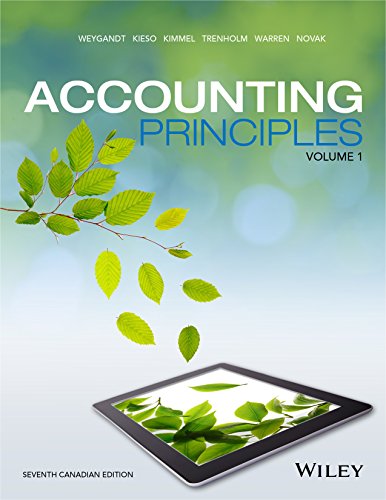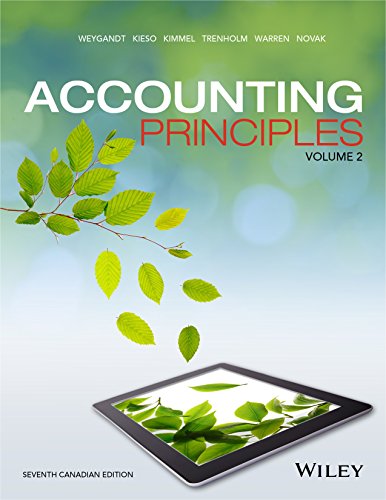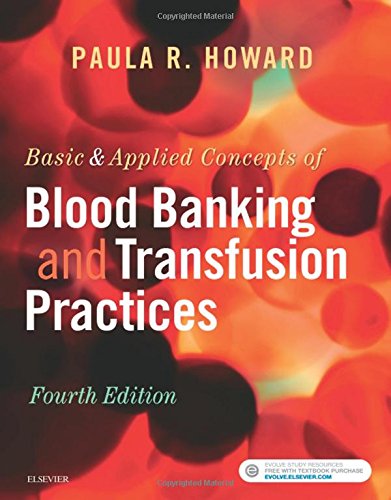Accounting Principles 7Th Canadian Edition Volume 1 By Jerry J. Weygandt
Accounting Principles 7Th Canadian Edition Volume 1 By Jerry J. Weygandt
Accounting Principles 7Th Canadian Edition Volume 1
Accounting Principles 7Th Canadian Edition
Accounting Principles
CHAPTER 1 ACCOUNTING IN ACTION
CHAPTER LEARNING OBJECTIVES
- Identify the use and users of accounting and the objective of financial reporting. Accounting is the information system that identifies, records, and communicates the economic events of an organization to a wide variety of interested users. Good accounting is important to people both inside and outside the organization. Internal users, such as management, use accounting information to plan, control, and evaluate business operations. External users include investors and creditors, among others. Accounting data are used by investors (owners or potential owners) to decide whether to buy, hold, or sell their financial interests. Creditors (suppliers and bankers) evaluate the risks of granting credit or lending money based on the accounting information. The objective of financial reporting is to provide useful information to investors and creditors to make these decisions. Users need information about the business’s ability to earn a profit and generate cash. For our economic system to function smoothly, reliable and ethical accounting and financial reporting are critical.
- Compare the different forms of business organization. The most common examples of business organization are proprietorships, partnerships, and corporations. Proprietorships and partnerships are not separate legal entities but are separate entities for accounting purposes; income taxes are paid by the owners and owners have unlimited liability. Corporations are separate legal entities as well as separate entities for accounting purposes; income taxes are paid by the corporation and owners of the corporation have limited liability.
- Explain the building blocks of accounting: ethics and the concepts included in the conceptual framework. Generally accepted accounting principles are a common set of guidelines that are used to prepare and report accounting information. The conceptual framework outlines some of the body of theory used by accountants to fulfill their goal of providing useful accounting information to users. Ethical behaviour is fundamental to fulfilling the objective of financial accounting. The reporting entity concept requires the business activities of each reporting entity to be kept separate from the activities of its owner and other economic entities. The going concern assumption presumes that a business will continue operations for enough time to use its assets for their intended purpose and to fulfill its commitments. The periodicity concept requires businesses to divide up economic activities into distinct periods of time. Qualitative characteristics include fundamental and enhancing characteristics that help to ensure accounting information is useful.
Only events that cause changes in assets, liabilities, or owner’s equity are recorded. Recognition is the process of recording items and measurement is the process of determining cost concept states that assets should be recorded at their historical (original) cost. Fair value may be a more appropriate measure for certain types of assets. Generally fair value is the amount the asset could be sold for in the market. The monetary unit concept requires that only transactions that can be expressed as an amount of money be included in the accounting records, and it assumes that the monetary unit is stable.
The revenue recognition principle requires companies to recognize revenue when a performance obligation(s) is satisfied. The matching concept requires that costs be recognized as expenses in the same period as revenue is recognized when there is a direct association between the cost incurred and revenue recognized.
In Canada, there are two sets of standards for profit-oriented businesses. Publicly accountable enterprises must follow International Financial Reporting Standards (IFRS) and private enterprises have the choice of following IFRS or Accounting Standards for Private Enterprises (ASPE).
- Describe the components of the financial statements and explain the accounting equation. Assets, liabilities, and owner’s equity are reported in the balance sheet. Assets are present economic resources controlled by the business as a result of past events that are capable of producing economic benefits. Liabilities are present obligations of a business to transfer an economic resource as a result of past events. Owner’s equity is the owner’s claim on the company’s assets and is equal to total assets minus total liabilities. The balance sheet is based on the accounting equation: Assets = Liabilities Owner’s equity.
The Income statement reports the profit or loss for a specified period of time. Profit is equal to revenues minus expenses. Revenues are the increases in assets, or decreases in liabilities, that result from business activities that are undertaken to earn profit. Expenses are the cost of assets consumed or services used in a company’s business activities. They are decreases in assets or increases in liabilities, excluding withdrawals made by the owners, and result in a decrease to owner’s equity.
The Statement of owner’s equity summarizes the changes in owner’s equity during the period. Owner’s equity is increased by investments by the owner and profits. It is decreased by drawings and losses. Investments are contributions of cash or other assets by owners. Drawings are withdrawals of cash or other assets from the business for the owner’s personal use. Owner’s equity in a partnership is referred to as partners’ equity and in a corporation as shareholders’ equity.
A Cash flow statement summarizes information about the cash inflows (receipts) and outflows (payments) for a specific period of time.














Reviews
There are no reviews yet.